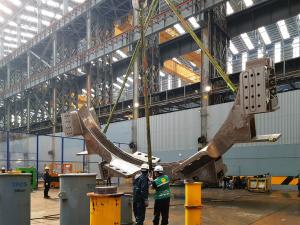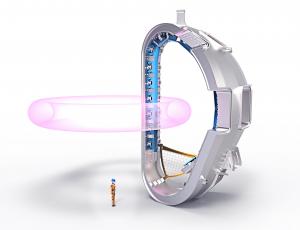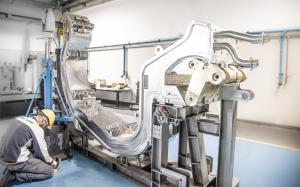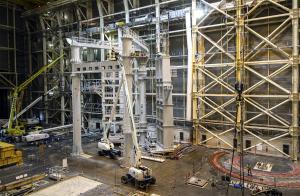What’s New
21 May 2018
ITER news digest for the period of 14 May 2018 to 21 May 2018.
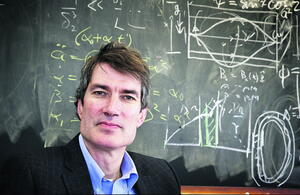
Steven Cowley to head Princeton Plasma Physics Laboratory
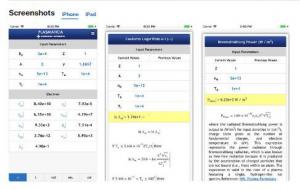
An app for plasma physicists


